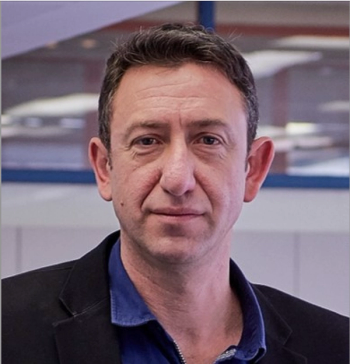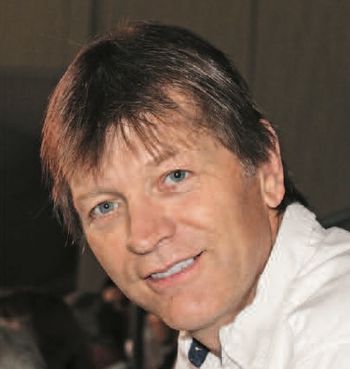Key Points:
- Mass spectrometry hardware has advanced rapidly, prompting companies enhance software and calibration methods to improve data quality and analytical accuracy.
- Accurate, tightly calibrated data is essential for effective AI/ML use, reducing the need for massive datasets and making training more efficient.
- Cerno Bioscience’s approach involves calibrating on two axes (X and Y) to fundamentally improve mass spectral accuracy and supports integration with systems like Agilent’s latest instruments.
- For young analytical chemists, Wang and Sword advises mastering the basics—accuracy, precision, selectivity, and repeatability—while staying open to innovative tools like AI, emphasizing that fundamentals and technology should complement, not replace, each other.
Mass spectrometry technology has advanced rapidly over the past decade. As new hardware tools emerge, companies are enhancing their software offerings to keep pace and fully leverage these technological breakthroughs.
At the 2025 American Society for Mass Spectrometry (ASMS) Conference in Baltimore, we sat down with YongDong Wang, CEO and co-founder of Cerno Bioscience, to talk about his company, evolving trends in calibration, and the future of the field. In this part of the conversation, he offers a measured take on the role artificial intelligence (AI) and machine learning (ML) may play in mass spectrometry—and shares his advice for young analytical chemists entering the field.
What impact do you think AI will have on the market moving forward?
Wang: I'm a little skeptical about the fundamentals, but when it comes to actual application, I do see potential. Using AI effectively would require a lot of experiments, a lot of samples, and large-scale statistical studies—these are needed so people can compare mass spec data from different treatments and conditions, and classify them, grouping them into the right categories.
I see tremendous value in traditional statistical analysis to help with classification and clustering based on mass spec data. But the data going into those processes needs to be as accurate as possible. Even with AI, it's still garbage in, garbage out. If your input data is not good, your AI results will also not be good. Otherwise, it just becomes confusion in, confusion out. If your data has high variability, the AI will require 10 to 100 times more training data to average out the noise and extract meaningful information.
If we calibrate the raw data going into the analysis to make it 10 or even 100 times better—as we’ve done—you can imagine how much easier it becomes for the AI to perform well with less data. The training process becomes faster, more efficient, and more predictable. Better data and AI go together. I don’t think they’re mutually exclusive at all.
Our premise is to start with better-quality, fundamental data—tighter data, better data, a calibrated baseline. We calibrate on both the X and the Y axes, and that gives us a stronger foundation. That’s how we fundamentally extract mass spectral accuracy—by calibrating on two axes, not just one. That’s where the core patterns lie, and it’s how we unlock performance. For example, Agilent’s newest system already includes Cerno directly.
What advice would you give to young analytical chemists just starting out in the field? Where should they focus their time and energy?
Wang: That's an interesting question. With all the buzz around AI, you might start thinking, “Oh, maybe I can skip the fundamentals. I don't need to go into the lab or run experiments anymore—the AI will just figure it all out for me.” But of course, our view is that the fundamentals still matter. They are the foundation that makes AI and other technologies work better.
For young scientists, my personal suggestion would be: understand the basics and get grounded in the fundamentals—but don’t be a fundamentalist. Stay open-minded about where you can take things. Think about how to make a bigger impact by combining a solid foundation with emerging technologies—machine learning, AI, all of it. You will be much stronger if you know both your fundamentals and how to use new tools. If you dive in blindly, without understanding where your data comes from, where the noise and error arise, and how to minimize them, then you will struggle to get good results.
Harrison Ford famously said in the Indiana Jones movie that archaeology is about facts, not truth. If you want truth, you go next door to my philosophy professor.
Because a fact is a choice plus error—that’s what you measure and observe. It’s not pure; it’s a choice combined with some perturbation and measurement error. Surprisingly, not many people understand this. They talk about facts as if they’re absolute truths, but they’re not. Facts are really a result of decisions and noise in.





